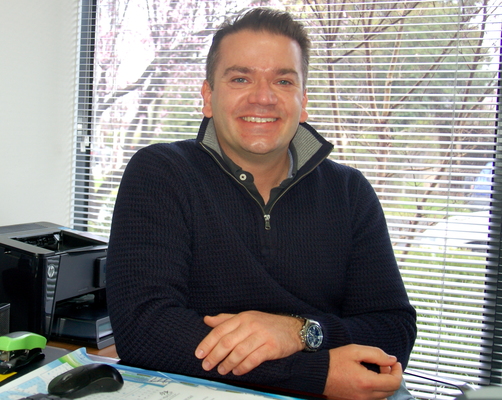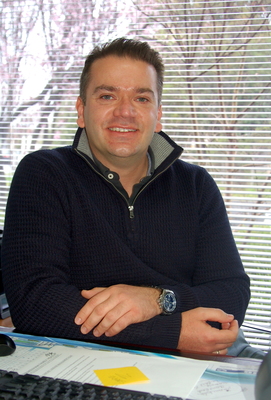
By Bonny Burrows
A shortage of doctors in Cardinia shire is leading to hospital emergency departments being jammed up with patients with minor illnesses.
Startling statistics show that the area has the lowest percentage of GPs in the state.
Data from Victorian Department of Health and the South Eastern Melbourne Primary Health Networks (SEMPHN) show that despite the shire exhibiting the “poorest health and social outcomes of any region in the SEMPHN’s catchment”, Cardinia has just 0.7 GPs per 1000 people.
This places the shire within the bottom three for the state for GP numbers per capita.
SEMPHN CEO Elizabeth Deveny said new growth areas such as Cardinia were under-served for GPs, dentists and allied health specialists.
She said this led to an increase in hospital presentations, a claim supported by SEMPHN data which indicates 299 per 1000 Cardinia residents had presented to emergency departments during 2014-15 with non-emergency health concerns.
“The distribution of the health workforce is significantly influenced by how established an area is, its socio-economic status and the proximity of public and private hospitals,” Ms Deveny said.
“So local government areas with hospitals will have relatively high numbers of medical specialists, which is the case in the SEMPHN.”
Pakenham Family Health Practice Manager Mr Filip Nikolic believes the staggering local numbers – 15 per cent more than the Victorian average – were due to a shortage of full-time doctors at local clinics.
He said on average, an annual presentation of 1500 to 2000 patients to a clinic provided the workload for one full-time doctor.
“But I doubt if you look at Cardinia shire’s population numbers that there’s enough full-time equivalent doctors,” Mr Nikolic said.
The practitioner, who opened his family-operated clinic in 2010, said this struggle to provide enough doctors to service the area was due to its booming population and medical registration requirements.
“There seems to be quite a few medical centres around, but very few have a large number of full-time doctors,” Mr Nikolic said.
The practice manager said there were two kinds of clinics, both with their own sets of challenges limiting full-time GP numbers.
He said the traditional small practices had one to three GPs who remain for a long time, but weren’t able to take on new patients due to size and time restraints.
On the other end of the spectrum were the large corporate facilities, he said, which, while cost effective and time efficient, employed “transient” doctors from overseas who stayed for their mandatory 10 years to reskill in Australia and then moved on elsewhere – usually to start their own small practices.
Mr Nikolic backs claims that limited doctor numbers were leading to an increase of ED presentations – something he strongly advises against.
“You’re not only waiting eight hours, but you’re taking the spot of someone who really needs emergency treatment,” Mr Nikolic said.
“And ED (emergency department) or large GP super clinics don’t help with a continuity of care. You need to find a long-term family doctor to follow you throughout your health challenges.”
Despite the long-time local struggle to attract doctors, it wasn’t until last year that the shire, particularly in the Pakenham to Beaconsfield area, was formally recognised as a “district of workforce shortage”.
While it may seem little more than a label, Mr Nikolic said the title opened local clinics up to a range of grants to help entice new practitioners.
Mr Nikolic’s practice is the recipient of such funding – the After Hours Grant Program from the SEMPHN.
The grant aims to support medical clinics in extending their trading hours to weekends, public holidays and late nights.
Pakenham Family Health, soon to relocate to a larger premise with double the consulting rooms, will use the funding to expand its after hours services at its new location.
Mr Nikolic said this funding and the area’s zoning of a district of workforce shortage would make it “slightly easier” to bring in more doctors and, in return, hopefully reduce ED presentations.
Ms Deveny said taking the strain off hospitals through extended GP care and accessibility was a focus of the SEMPHN’s grants.
“We want people to get the care they need and avoid a long wait at a hospital emergency department. If it’s not an emergency, the best place to go is always your local GP,” Ms Deveny said.
Medical clinics in Officer and Bunyip have also received SEMPHN funding in a bid to increase GP numbers and attract health professionals to the area.







